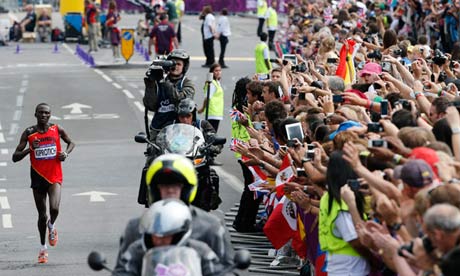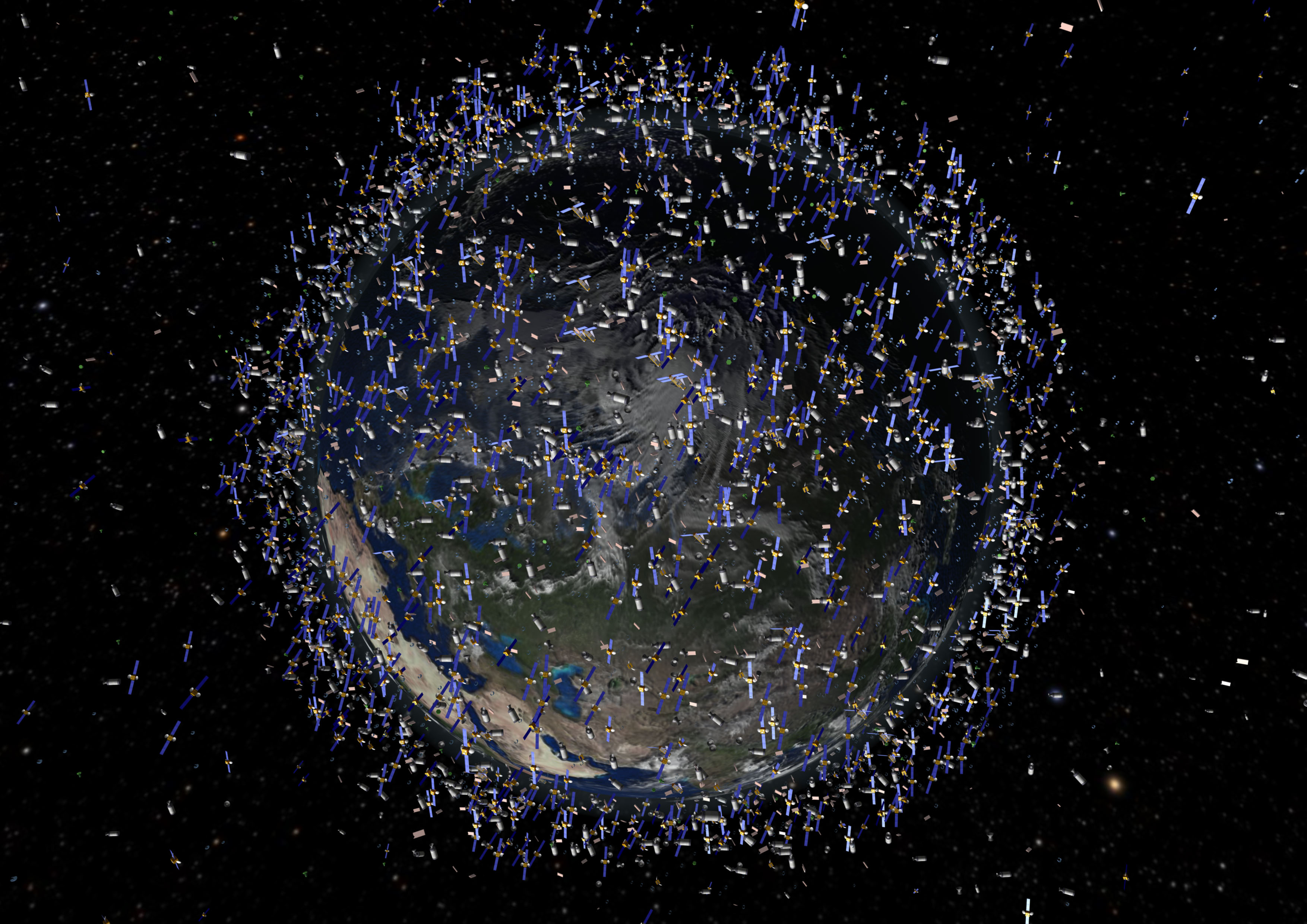Emergency Preparedness - Crowds, Riots, Chemical, Volcano, Terrorism
Part of the extended info series How to prepare your Personal Emergency Plan
Various Scenarios - Emergency Preparedness
Crowds - how to deal with crowd events, how to stay safe in crowdsThe following was originally put together for planned crowd events i.e. London Olympics but is equally applicable during any crowd event, planned or unplanned, i.e. London Marathon, London Tube Strikes, Demonstrations, Mass Evacuations etc.
NaCTSO guidance for security in crowded places (June 2017) |
  |
Civil Unrest / RiotsList of riots (Wikipedia) – most recent UK riots 2011 (Guardian; Mad Mobs & Englishmen?) Similar principles as above hold for safety in crowds if you must venture into areas affected by civil unrest or riots. Safer is, of course, to avoid becoming involved in the first place. To that effect consider waiting things out and shelter-in-place until the incident has passed. |
|
Chemical AccidentsA chemical accident is the unintentional release of one or more hazardous substances which could harm human health or the environment. HSE Chemical classification; Chemicals are classified into a wide range of hazard classes (Annex VI to CLP) i.e. explosive, flammable aerosol, self-reactive or self-heating substances, acute toxicity, skin corrosion, serious eye damage, carcinogenicity etc. The topic is too vast to cover here but you can easily search and find relevant information about each category or see i.e. HPA – Compendium of Chemical Hazards. If you are handling chemicals yourself – we all do to some extent in this modern world - you simply need to be familiar with the hazard symbols that appear on products. If you handle chemicals in your workplace then your employer is responsible to give you appropriate training. Chemical incidents recently in the news: Feb 2014: Northampton school chemical incident; Jan 2014: chemical spill in US leaves West Virginia residents without drinking water Nov 2013 Hospital acid scare prompts evacuation; Sep 2013 Northaptonshire acid spill brings major disruptions; Aug 2013 Cornwall Industrial Estate spill; July 2013 Essex Chemical Plant spill; Cambridgeshire Harston A10 warning; |
 |
|
How to prepare for a chemical incident scenario
How to deal with a chemical spill scenario
Selected resources: Advice, i.e. local Gov Gosport.Gov; Cheshire East Council; Richmond Gov; HSE Chemicals at work; HSE leaflets; SimpleSensibleSafety-Chemical and bio hazards; Books: Household Chemicals and Emergency First Aid; Calculated Risks: The Toxicity and Human Health Risks of Chemicals in our Environment; Chemical Exposures: Low Levels and High Stakes; Data: UK.Gov Oil and Chemical Spill Data; UK.Gov Chemical Hazards and Poisons report; CRHF.org Chemical Accident Histories; |
 |
Volcano ash
|
 |
TerrorismList of Terrorism incidents in the UK (Wikipedia) | Also see NaCTSO guidance on crowded places (June 2017) |
|
Meteor / space debris accident2013 Chelyabinsk, Russia 1500 people injured, 7000 building damaged (Wiki); Accidents and Asteroids (euronews); Giant Impact Hypothesis (Wiki; some evidence 06/2014 ET, BBC) |
 |
other resources: How to prepare your Emergency Plan




